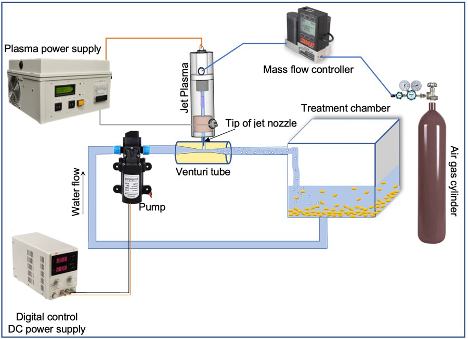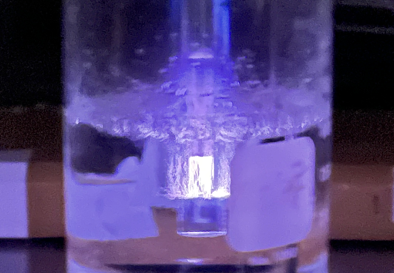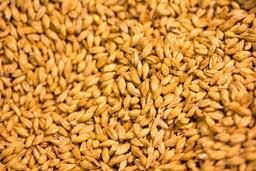
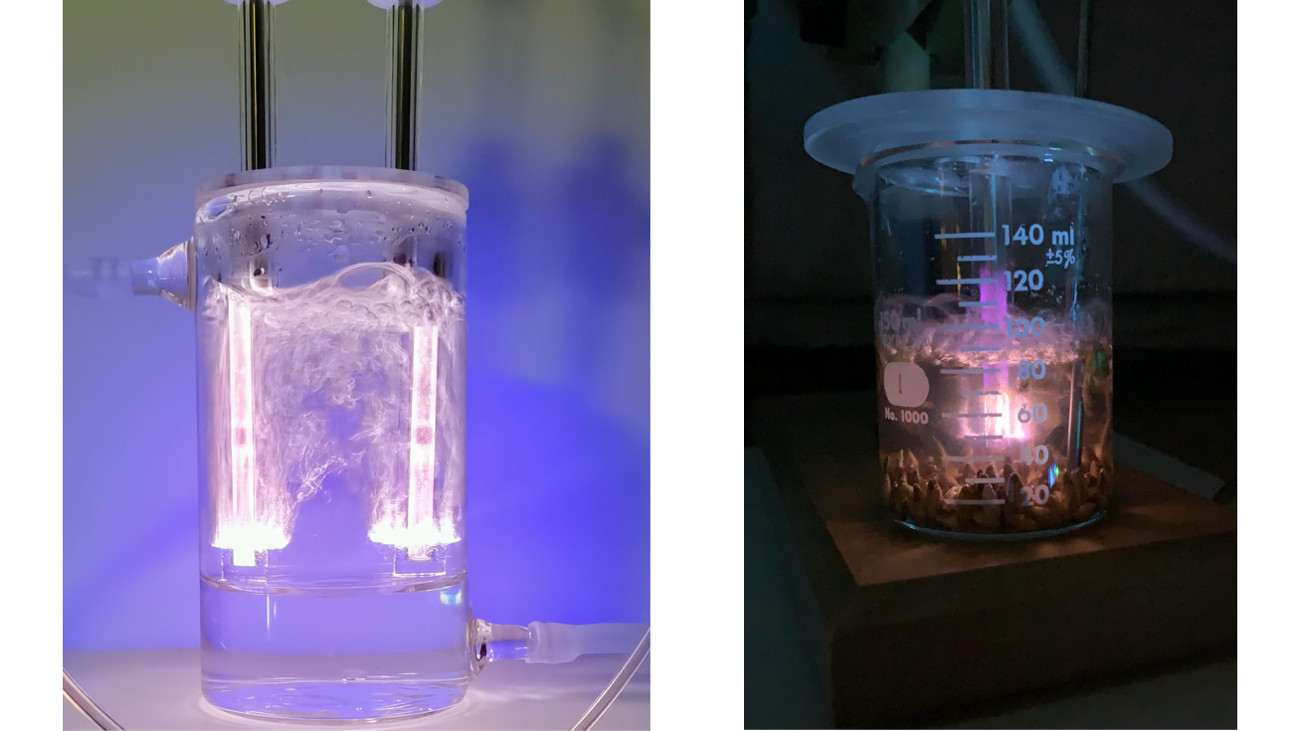
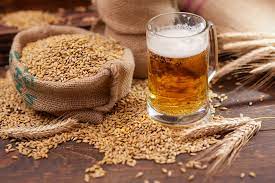
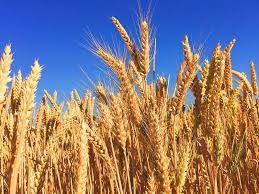
Deoxynivalenol (DON) is an important mycotoxin, that can cause major economic loss to grain farmers and malting industry. DON can end up in final products if the malting barley is contaminated with DON. Barley grains free of DON are required for malting and the DON-infected barley is rejected at relatively low levels (0.5 up to 4 ppm). In our research, plasma activated water bubble (PAWB) technology was utilized for barley steeping to reduce DON and improve seed germination, which resulted in a patent application and a technology licensing opportunity at the University of Alberta. Currently, we are looking for industry partners for future scale-up of PAWB technology. A custom designed continuous PAWB reactor system was built and used for barley steeping. This method can be easily integrated to existing malting process.
Patent:
- Reduction of deoxynivalenol in malting barley (2022). (Patent Pending).
Licencing opportunity:
- A method to reduce mycotoxin (deoxynivalenol) contamination during steeping and improve germination of malting barley (Link). (Licencing opportunity).
Manuscripts:
- Feizollahi, E., Jeganathan, B., Reiz, B., Vasanthan, T., **Roopesh, M. S. (2023). Reduction of deoxynivalenol during barley steeping in malting using plasma activated water and the determination of major degradation products. Journal of Food Engineering. 352, 111525. More information
- Feizollahi, E., Basu, U., Fredua-Agyeman, R., Jeganathan, B., Tonoyan, L., Strelkov, S. E., Vasanthan, T., Siraki, A. G., **Roopesh, M. S. (2023). Effect of plasma activated water bubbles on Fusarium graminearum, deoxynivalenol, and germination of naturally infected barley during steeping. Toxins. 15(2), 124. More information
Funding support:
